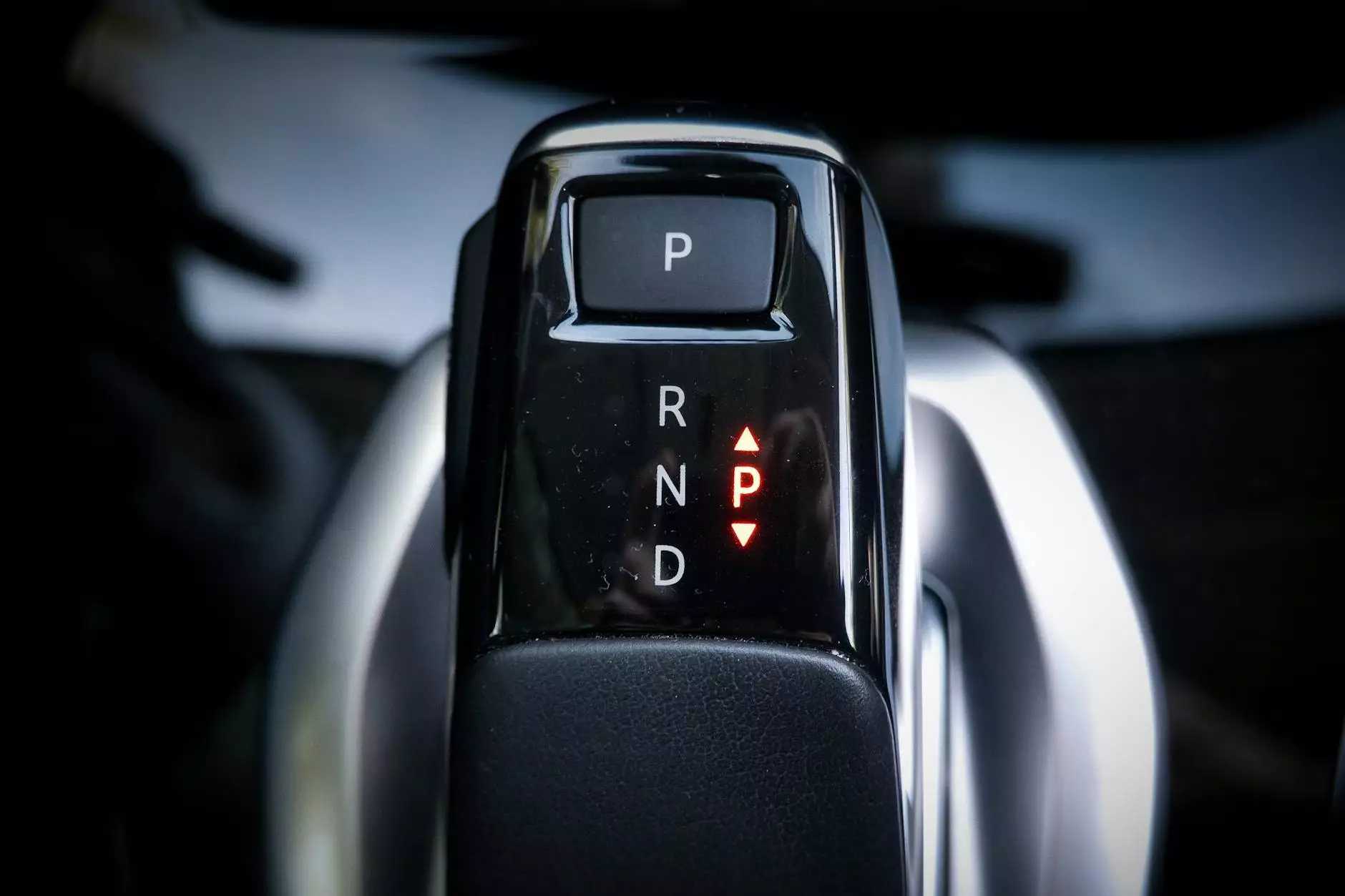The Ultimate Guide to Double Clutch Gearboxes

In the world of automotive engineering, few innovations have sparked as much interest and debate as the double clutch gearbox. This cutting-edge technology, often found in high-performance vehicles, promises to elevate driving experiences beyond traditional manual or automatic transmissions. In this comprehensive guide, we will delve deep into the mechanics, advantages, applications, and future prospects of double clutch gearboxes, as well as their significance in the automotive parts industry.
Understanding the Basics of Double Clutch Gearboxes
The double clutch gearbox, or DCT, is an advanced transmission system that utilizes two separate clutches for odd and even gear sets. This design allows for lightning-fast gear shifts, optimizing both performance and fuel efficiency. Unlike conventional manual and automatic transmissions, which often suffer from lag during gear changes, DCTs engage pre-selected gears, minimizing the time spent in neutral.
How Double Clutch Gearboxes Work
To better appreciate the advantages of double clutch gearboxes, it’s essential to understand their operational mechanics. Here’s a breakdown:
- Two Clutches: As the name implies, a DCT has two clutches. One handles the odd gears (1, 3, 5), while the other manages the even gears (2, 4, 6).
- Pre-Selection: While a driver is engaged in a particular gear, the next gear is already being pre-selected. This means that the transition becomes an instantaneous matter of disengaging one clutch and engaging the other.
- Control Unit: The system employs a sophisticated control unit that communicates with the vehicle’s electronic systems to predict optimal shifts based on driving conditions.
Advantages of Double Clutch Gearboxes
Opting for a double clutch gearbox can significantly enhance various aspects of automotive performance. Below are some key benefits:
1. Improved Acceleration
One of the most notable benefits of a DCT is its ability to deliver faster acceleration. The seamless shifting between gears means that power is always available when needed, leading to rapid speed increases without the traditional drawbacks of lag.
2. Enhanced Fuel Efficiency
Modern DCTs are designed to optimize fuel consumption. By ensuring that the engine operates at its ideal RPM during gear shifts, these transmissions reduce wasted energy, leading to better fuel economy compared to traditional automatic gearboxes.
3. Driver Engagement
For driving enthusiasts, a double clutch gearbox provides a more engaging experience. Precision shifting and manual mode options allow drivers to take control while still benefiting from automated responses when desired.
4. Compact and Lightweight Design
Compared to conventional automatic transmissions, DCTs can be more compact, which leads to weight savings in the vehicle. A lighter vehicle typically translates into better performance and handling.
Applications of Double Clutch Gearboxes
DCT technology is predominantly found in high-performance sports cars and more advanced vehicles across various categories. Some common applications include:
- Luxury sports cars like the Porsche 911, where performance is paramount.
- High-end European manufacturers such as Volkswagen and Audi, which incorporate DCTs in models to enhance driving pleasure.
- Even in mainstream automakers, DCTs are becoming popular as they provide brisk performance without sacrificing comfort.
Challenges and Considerations
While the advantages of double clutch gearboxes are clear, it's crucial to acknowledge potential challenges:
1. Complexity of Repair
The intricate design of DCTs can make repairs more complex than those for conventional transmissions. Mechanics require specialized knowledge and tools, which may lead to higher service costs.
2. Potential for Jerky Shifts
Some drivers report experiencing jerky shifts, particularly at low speeds. This can be attributed to the sophisticated nature of the DCT, which may require adjustments to enhance smoothness.
3. Availability and Compatibility
Vehicles equipped with DCTs may face challenges related to parts availability, especially for those not manufactured by mainstream brands. At Shenghai Auto Parts, we ensure that our customers can find the necessary components to maintain their DCT systems efficiently.
Future Trends in Double Clutch Gearbox Technology
The automotive industry is constantly evolving, and double clutch gearboxes are at the forefront of these advancements. Future trends may focus on:
1. Integration with Hybrid Technology
As hybrid vehicles continue to grow in popularity, integrating double clutch gearboxes with hybrid systems could optimize both performance and fuel efficiency further.
2. Automated Systems and AI
Machine learning and AI could play a large role in enhancing DCT functionality by predicting optimal shifts based on driver behavior and real-time conditions.
3. Wider Adoption Across Manufacturers
As technology advances and production becomes more cost-effective, more manufacturers may adopt DCT technology across a broader range of vehicles, making it accessible to average consumers.
Conclusion
In summary, the double clutch gearbox represents a significant advancement in automotive transmission technology. With its advantages in performance, fuel efficiency, and driver engagement, it offers a compelling choice for both manufacturers and consumers. At Shenghai Auto Parts, we recognize the importance of quality components and are committed to providing our customers with the best auto parts to support this innovative technology. Whether you’re a mechanic or a car enthusiast, understanding and utilizing DCTs will undoubtedly enhance your automotive experience.
Explore our extensive range of auto parts and supplies tailored for high-performance vehicles, and stay ahead in the ever-evolving world of the automotive industry!



